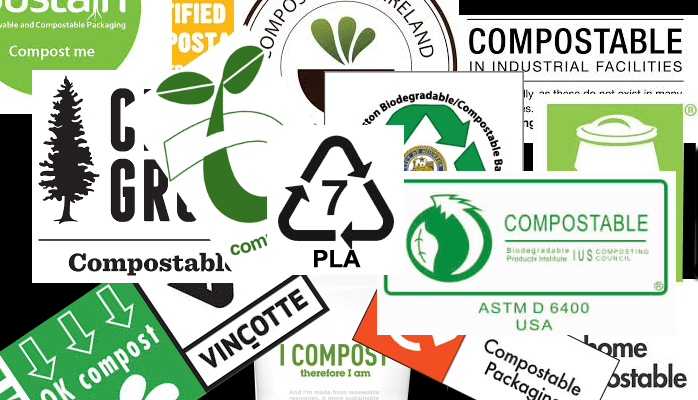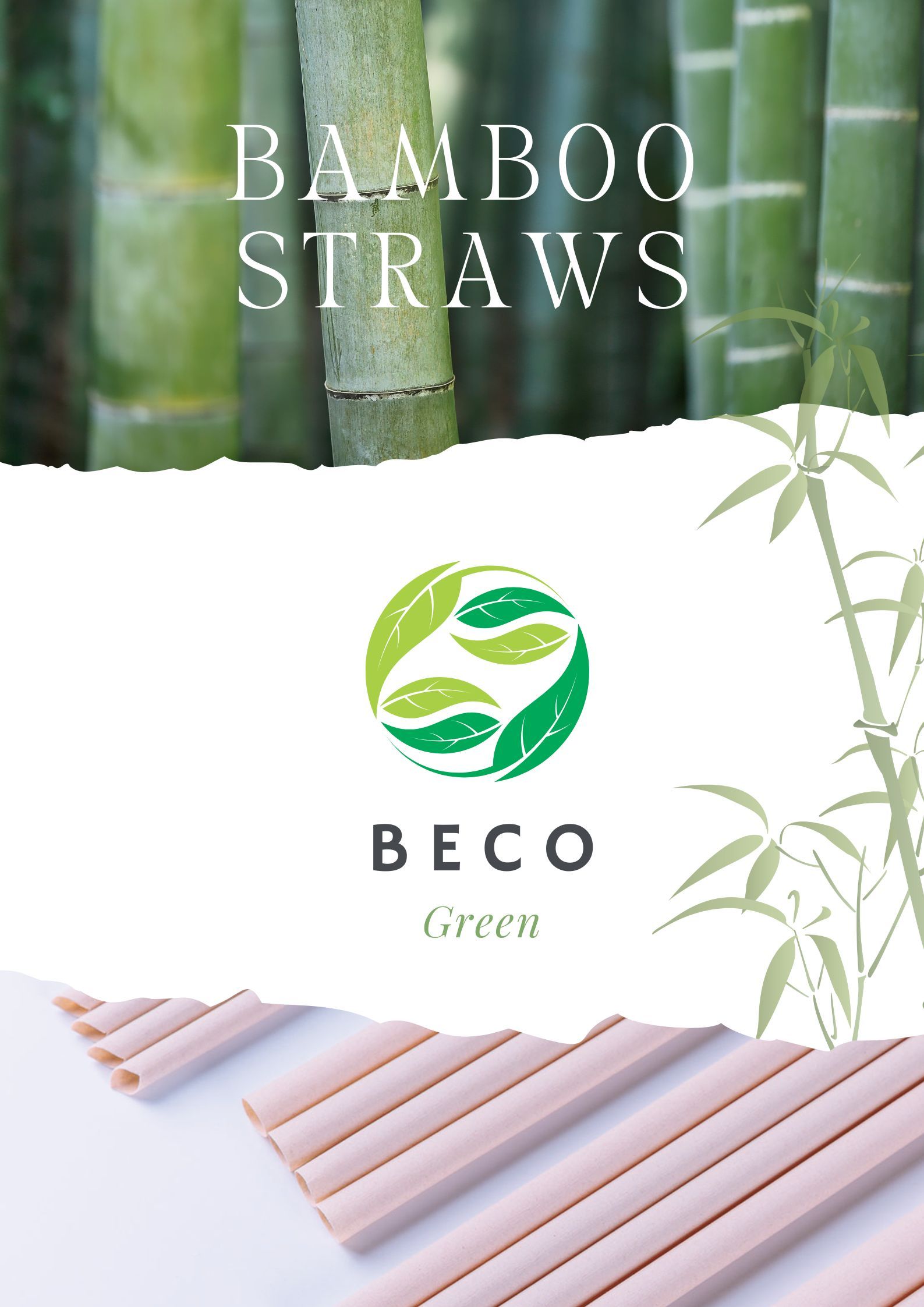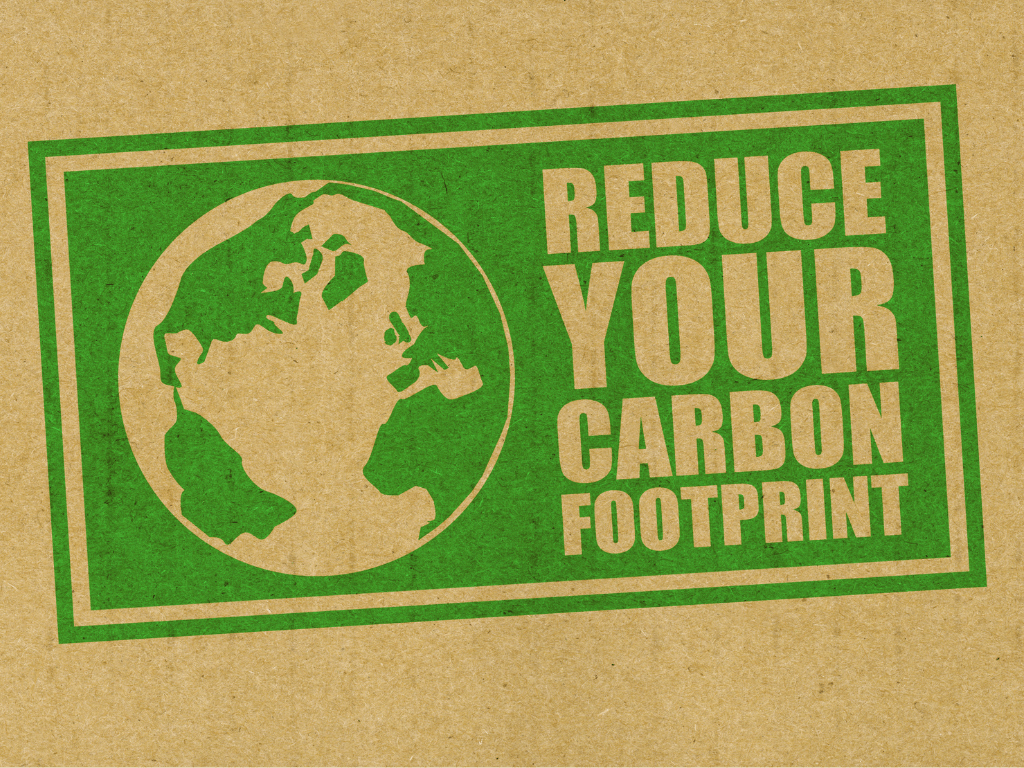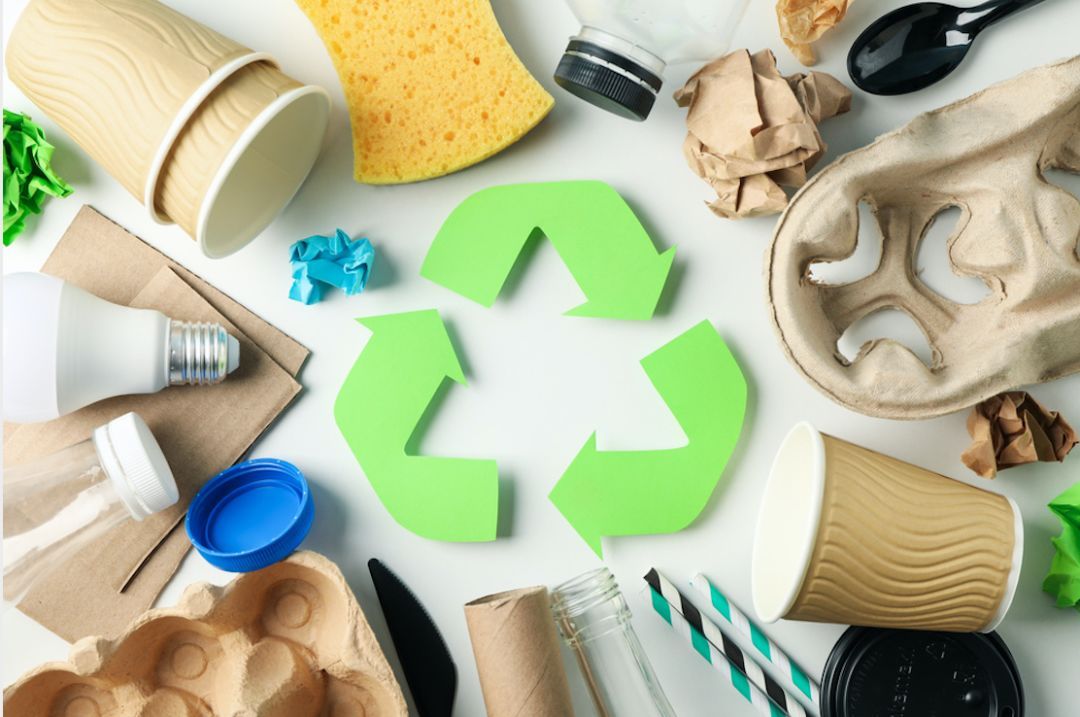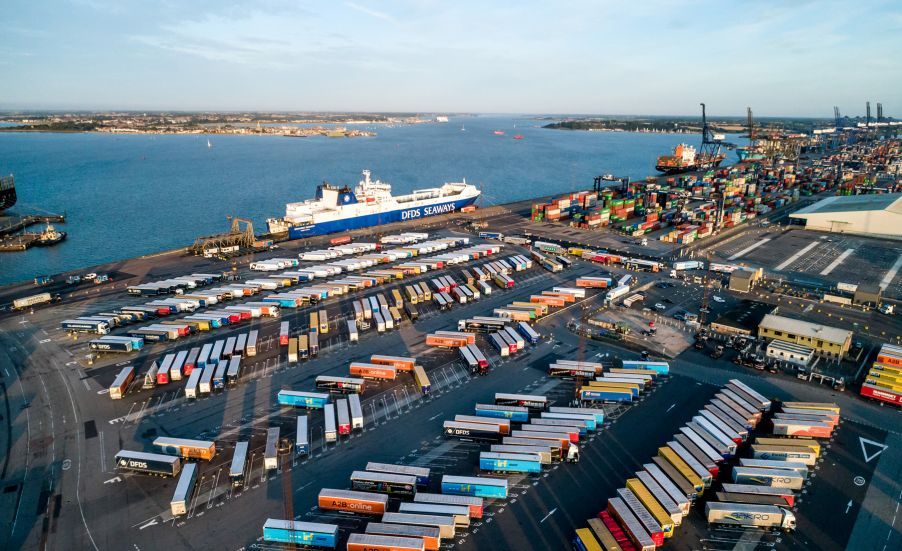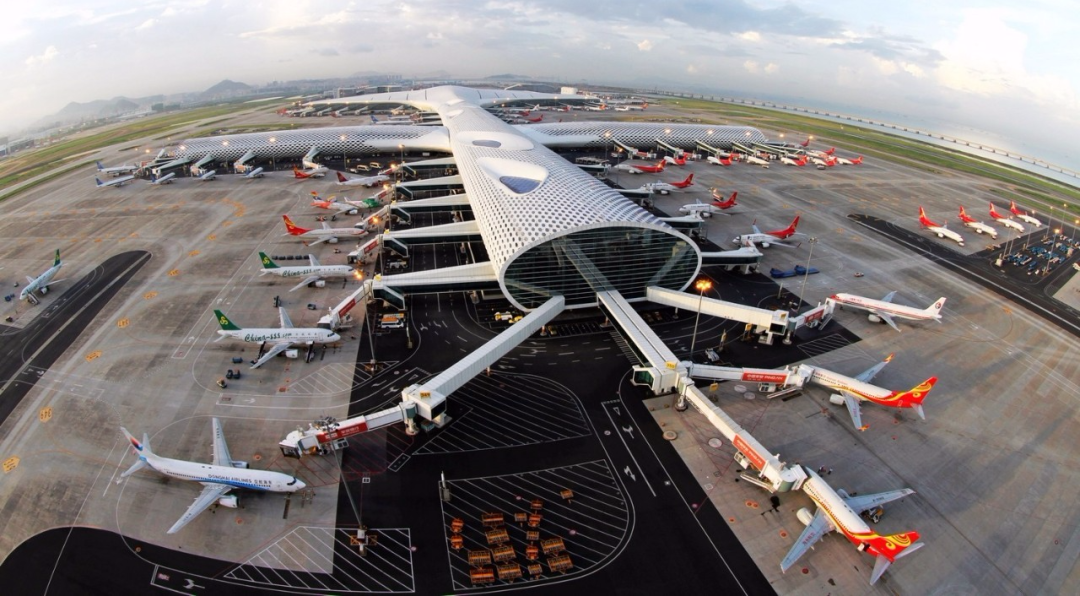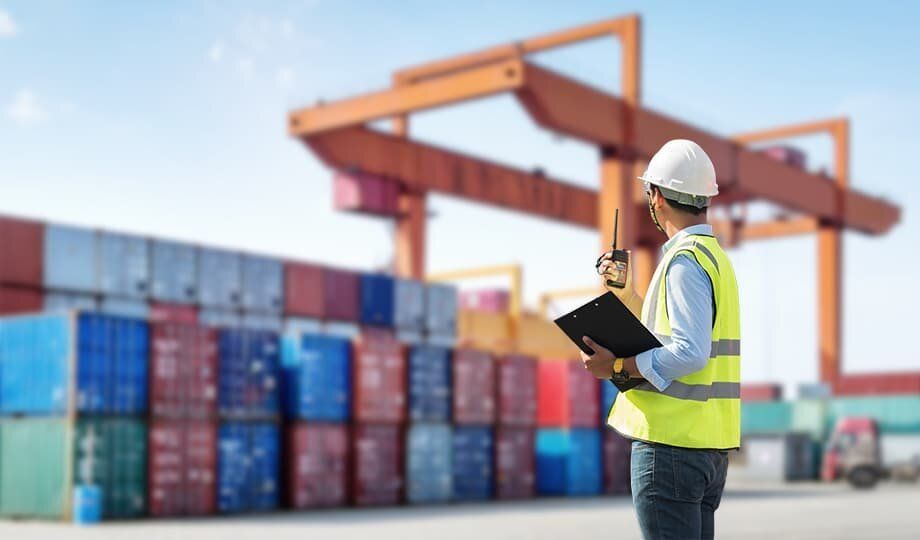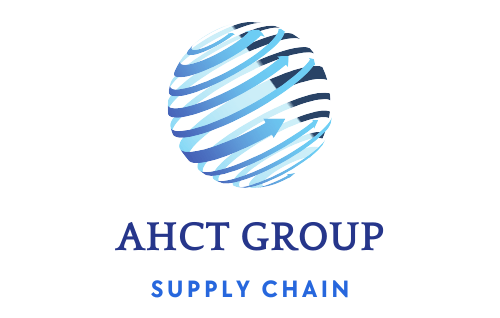
AHCT GROUP NEWS
China is deeply troubled by plastics and has recently been active in the emerging industry of degradable plastic products.

Last week, the Ministry of Ecology and Environment held a press conference on marine pollution. Introducing the ministry's campaign to collect and recycle microplastics, an official took out a phone case made of recycled plastic collected by Chinese fishermen: By scanning a QR code, the source of the case can be traced to see who took it Pick up the plastic, who shipped it.
China is the world's largest plastic producer and consumer: in 2020, China consumed a total of 90.87 million tons of plastic. China consumes up to 3 billion plastic bags every day, a third of which is used for shopping. The supermarket industry consumes a total of 5 billion yuan ($746.79 million) of packaging each year, most of which are plastic shopping bags.
The degradable plastics industry is still in the early stages of development and commercialization. Outside of the medical industry, only a few products have achieved large-scale commercial production and application, including:
Polylactic acid (PLA), a bioplastic polyester (but very slow decay).
Polybutyrate adipate terephthalate (PBAT), a biodegradable alternative to low density polyethylene.
Polybutylene succinate (PBS), a thermoplastic polymer resin, degrades naturally in about six weeks.
In 2021, there will be 42,082 registered plastic recycling companies in China, a year-on-year increase of 59.4%, but one of them stands out as an obvious pioneer: Kingfa Technology.
The 2021 annual report shows that the annual production capacity of PBAT is 180,000 tons, and the PLA plant with an annual output of 30,000 tons is under construction, which is expected to be put into operation in 2022. Biodegradable plastics are used in single-use packaging and other uses in multiple industries, and the company's customers include IKEA, Unilever and Lenovo.
In 2020, several provinces in China banned the use of non-degradable plastic shopping bags, and on January 1, 2021, the use of plastic straws was banned nationwide. In 2021, the control of plastic waste pollution will be further promoted, and China has released the "14th Five-Year Action Plan for Plastic Pollution", which clarifies the recycling and utilization goals of plastic waste.
On May 31 this year, new and more specific regulations came into effect, setting standards and qualifications for companies.
On June 1, China implemented two national standards for biodegradable plastics, aiming to provide clear labelling standards for biodegradable products, involving labelling requirements and biodegradable straws.
According to the statistics of China Customs, the total trade volume of degradable plastic-related products in China will increase significantly in 2021.
China exported 136,900 tons worth 3.96 billion yuan ($591.9 million), a year-on-year increase of 27.88%.
The country imported 8,500 tons worth 1.96 billion yuan ($293.04 million), a year-on-year increase of 64.87%, with a trade surplus of about 2 billion yuan (just under $300 million).
It is estimated that by 2025, the total annual domestic demand for degradable plastics will exceed 4 million tons, more than nine times the demand in 2018.
Wyk, B., 2022. The rise of China’s biodegradable plastics industry – SupChina. [online] SupChina. Available at: <https://supchina.com/2022/06/27/the-rise-of-chinas-biodegradable-plastics-industry/> [Accessed 30 June 2022].
"As a core member of BCC, AHCT Group has the business ability and reputation recognized by the global international moving industry, and enjoys a high reputation and reputation in the industry."

Partners of AHCT Group
AHCT Group has long-term commercial cooperation with a number of industry-leading experts, and has the knowledge and experience to solve any logistics challenges that customers may face.
Tel: +44 1164 030188
Address: Unit 7, Cornwall business centre, Cornwall Road, Leicester. LE18 4XH
Email: info@ahctgroup.co.uk
Address: Foxholes Road, Leicester, Leicestershire LE3 1TH
Email: info@ahctgroup.co.uk
Contact Us
We will get back to you as soon as possible
Please try again later

